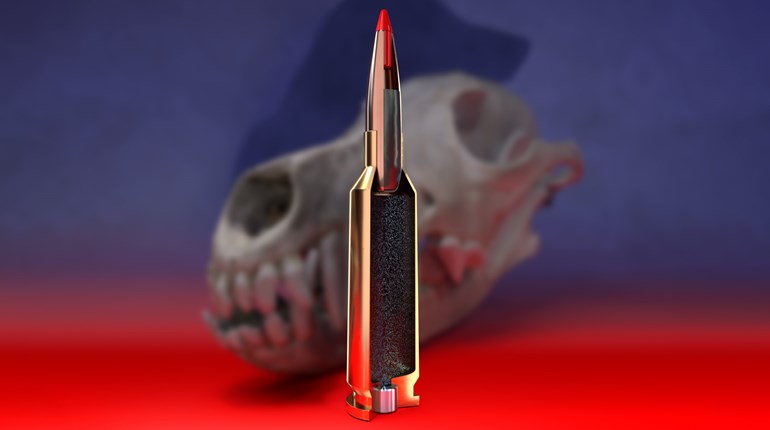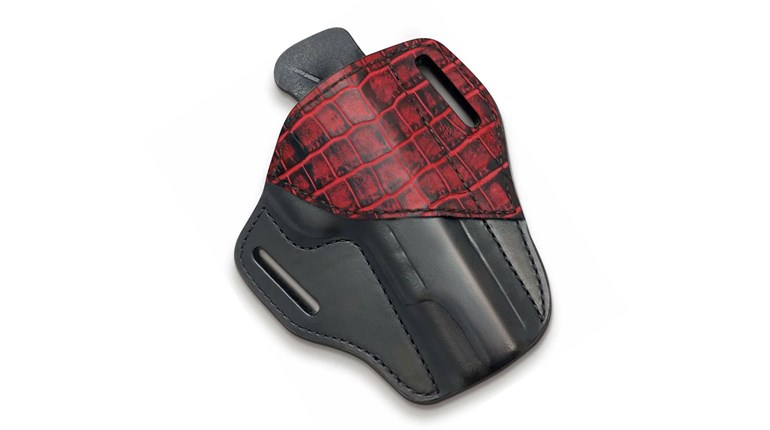
One of the oldest sayings in the shooting sports is "slow is smooth, and smooth is fast." In theory, this means trying to maximize the efficiency of motion will produce better returns over time than simply trying to yank the gun out of the holster as fast as you can. Unfortunately, people take this to mean they should never practice going fast. Inspired by a post at pistol-training.com, I decided to take a look at why slow is just slow, and fast is fast.
The Problem
Shooters, especially action shooters, want to go faster. Major matches are often decided by tenths, if not hundredths, of a second. A .05-second difference in a shooter's split times can make the difference between a championship trophy and second place. You'll see the question posted on Internet gun forums all the time: "How can I go faster?" and I'll guarantee at least one of the first five responses will be "slow is smooth, and smooth is fast." That phrase has unfortunately lost its meaning. So let's take a look at what "slow is smooth, smooth is fast" really means and how to apply it in a way that makes sense.

Slow is Smooth
It is all about economy of motion. The thought behind this saying is that by moving slow, you can teach yourself the most efficient way to move your hand to the gun on a draw or move the magazine to the magazine well on a reload. This is one of the greatest advantages of dry fire—to practice the perfect motion in a controlled environment. The goal of practicing "slow" is to perform the most economical draw stroke or reload, over and over. But, as you develop a consistent movement, you must add speed. Here's where people start to hang up, because they forget that just going slow and having a really efficient movement won't actually turn into speed unless you actually practice going fast.
Fast is Fast
As you're practicing that efficient, smooth motion, you've got to add speed. Keep adding speed. Then, keep adding speed. Add speed to your motion until it totally comes apart. If you're practicing shooting splits for example, start shooting until you're shooting so fast you cannot shoot all A-zone or all "down zero" hits. That way, you can establish the upper-end for your speed—the point where your clean motions fall apart and you get rushed and sloppy. Once you establish that point, you can back off the speed a little. Shoot at 80 to 90 percent of your max speed, gradually pushing for more speed as you go. You can't expect to shoot 1.2-second draws from the get-go, but if you're shooting 1.5-second draws, you can certainly chase that number. Eventually, you'll nail it.

Stay Consistent
Stay focused with your practice. I don't just practice pure speed, and I don't just practice perfect motions. During a "speed" practice session, when I start to get too loose and shoot poor shots, I find it's quite beneficial to back down and focus on economy of motion and "perfect" movements. As I do that, I'll turn the wick up on the speed. By mixing my practice between good movements and speed, I can develop meaningful speed—match-winning speed; life-saving speed.
Just being smooth won't make you fast, just like being fast and inaccurate won't win you any matches or get you out of a sticky situation. Practice to develop your speed and your smoothness in tandem, and you'll make much larger strides than you would by repeating old sayings. And the next time someone says "slow is smooth, and smooth is fast," just smile and say: "No, fast is fast."






































